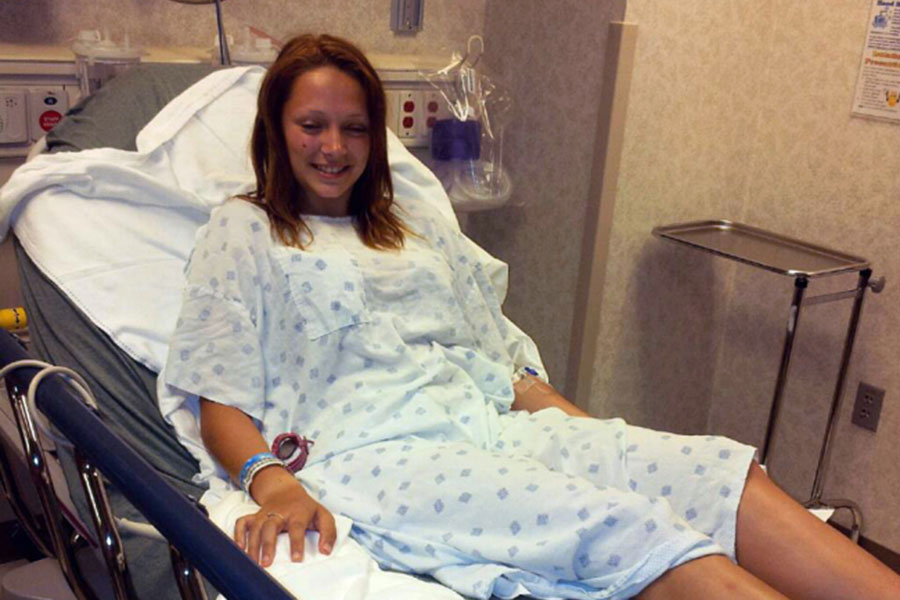I want to take a few minutes just to raise awareness of the possibility of strokes occuring at any age. Strokes in the elderly is widely recognized and there has been a lot of community outreach and education in the recent years on the topic. However, the concept of strokes occuring in the teenage years, the school-aged years, or even infancy is something that is just beginning to gain momentum. On Tuesday I posted a link to an ABC report on strokes in our youth. You can see the article here: Strokes overlooked in teens, children. Another example can be seen here: Teenager recovers from stroke to be crowned beauty queen.
What is of particular interest to me in this article and on the topic in general is: Why are we seeing more and more strokes in our youth? The article states that “Childhood strokes are on the rise because high blood, obesity and diabetes are increasing. Even babies can have a stroke just before birth or during their first year of life, so it’s critical people recognize stroke symptoms in children and teens.” And this absolutely makes sense. Childhood obesity is getting a lot of attention right now, with schools changing their menus and removing vending machines nation wide. We have long associated strokes with high cholesterol and high blood pressure, which in turn is associated with poor eating habits.
The girl featured in the story had a medical condition that predisposed her to strokes – a hole in her heart. This would allow for a clot to form and move into the brain. But not every stroke is related to a condition that places the patient at high risk. Infants and children in particular may not have any risk factors.
The other point to be made is that it took 30 minutes for the witnesses to call 911 because they didn’t recognize it as a stroke. We need to bring forward awareness of the ever changing medical issues in our community. Something that didn’t occur 10 years ago is occuring now. Youth no longer provides an immunity from illnesses such as heart attack and stroke. It never really did, but the prevalence is increasing and with community awareness we can save lives and promote healthy lifestyles.











